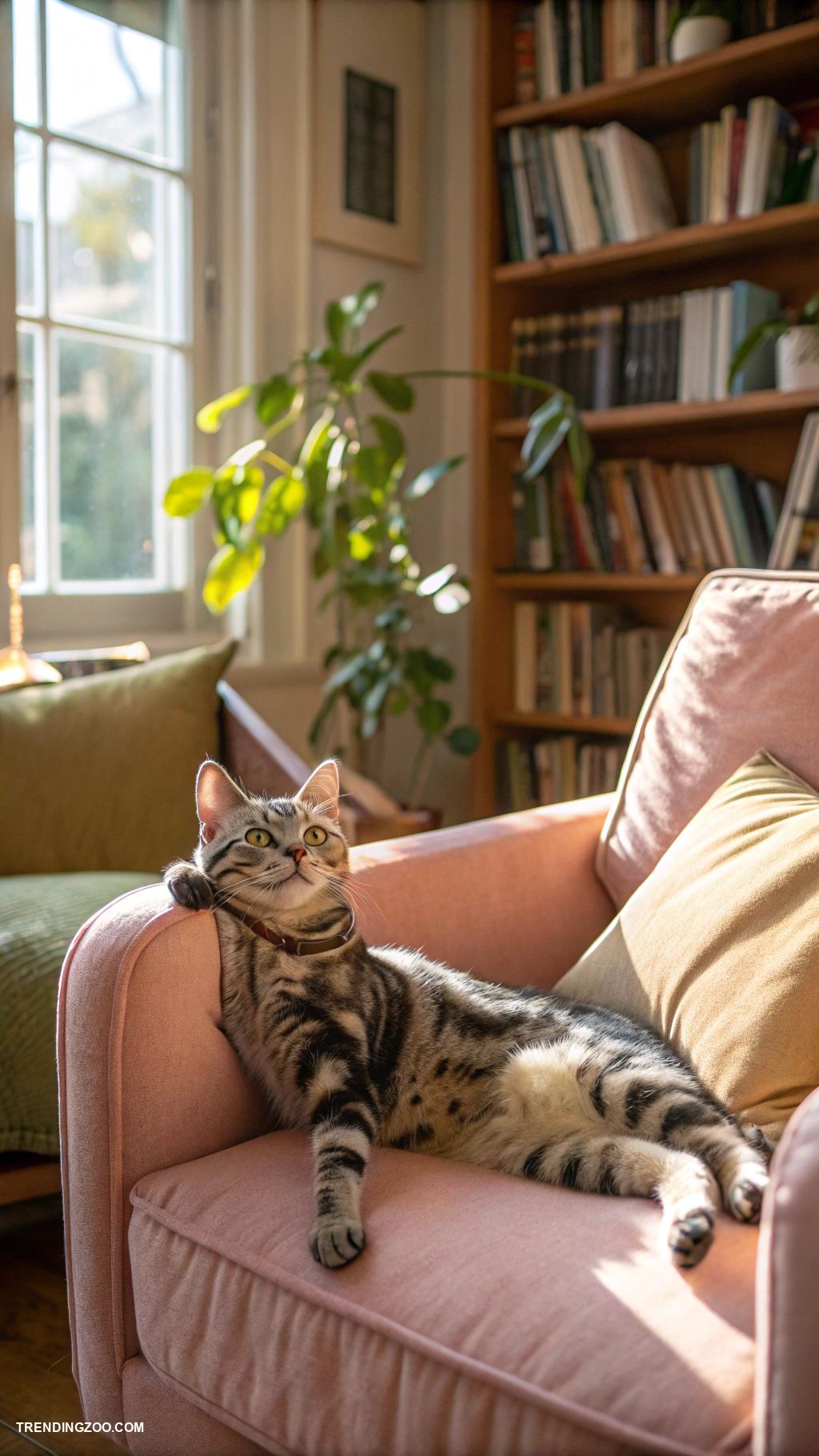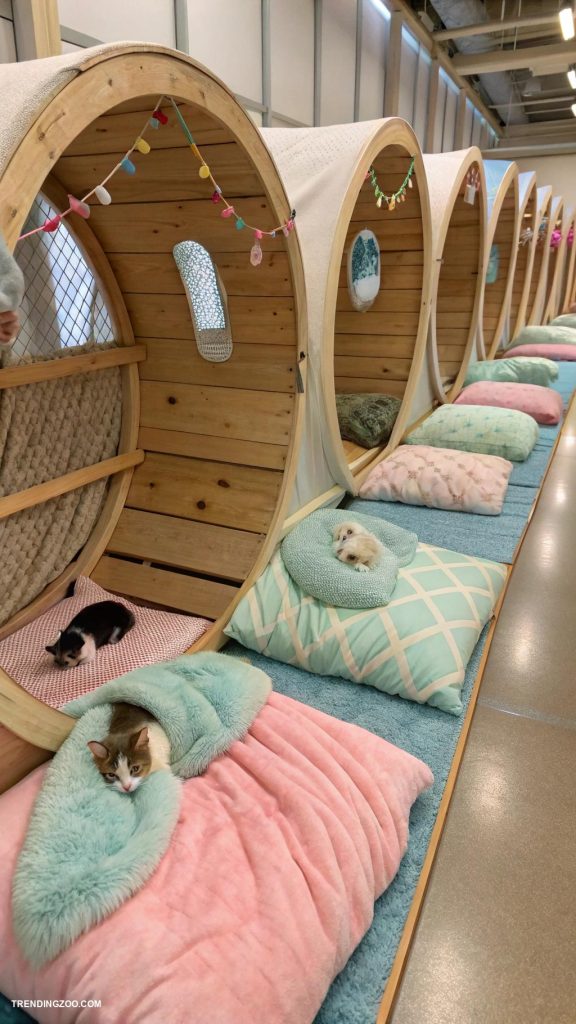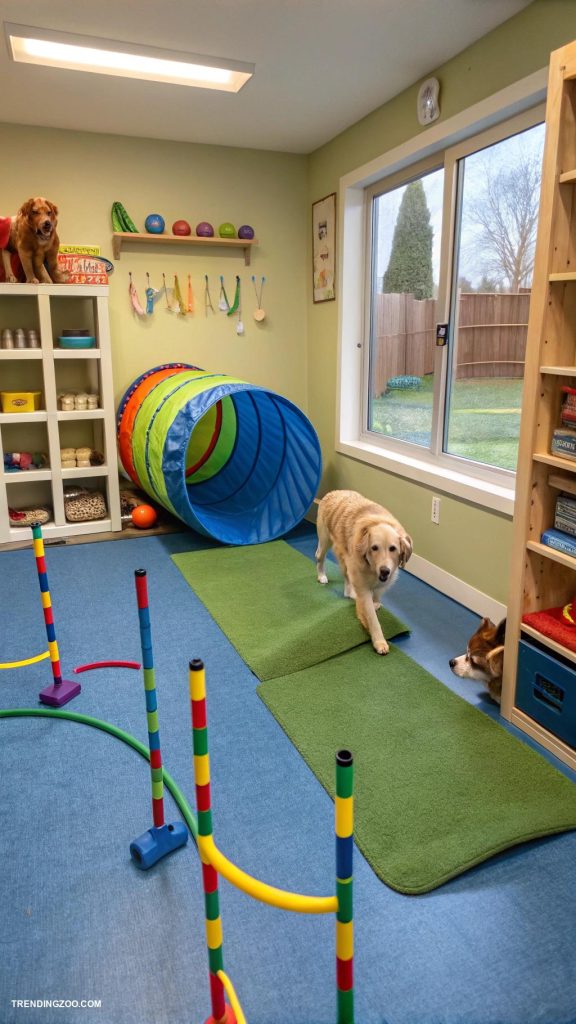The American Shorthair, a breed that exudes a sense of understated elegance and rugged charm, has captured the hearts of cat enthusiasts for centuries. With its sturdy build, short dense coat, and endearing face, this breed has become a beloved companion for many families.
Originating in North America, the American Shorthair has a rich history dating back to the 1600s, when European settlers brought their long-haired cats to the New World and crossed them with the native short-haired cats. The result was a robust and adaptable breed that thrives in a variety of environments, making it an ideal choice for families with children, busy professionals, and even those with allergies.
In this article, we’ll delve into the fascinating world of the American Shorthair, exploring its unique characteristics, temperament, and what makes it such a wonderful addition to any home.
History and Origins of the American Shorthair
The American Shorthair is a breed of domestic cat with a rich and storied history, dating back to the early 19th century. The breed is believed to have descended from long-haired cats brought to North America by European settlers, who arrived on the continent in the 1600s. These early felines were primarily used for pest control, with their long hair serving as insulation against the cold climates.
Over time, through natural selection and breeding, the long-haired cats adapted to their new environment, developing a shorter, thicker coat that was better suited to the harsh winters and hot summers of North America. By the early 1900s, breeders had begun to formalize the breed, establishing the American Shorthair as a distinct and popular breed among cat lovers.
The breed’s robust build, sturdy legs, and broad face, as well as its short, dense coat, which comes in a wide range of colors and patterns, have made it a beloved companion animal for many families. Today, the American Shorthair is recognized as a distinct breed by major cat registries, including the International Cat Association and the Cat Fanciers’ Association. Despite its long history, the breed remains a popular choice among cat owners, known for its friendly demeanor.
Physical Characteristics and Appearance
The American Shorthair is a sturdy and compact breed, with a broad chest and strong legs that are well-suited for its playful and active nature. Its coat is short, dense, and soft to the touch, with a smooth, glossy texture that comes in a wide range of colors and patterns. The face is rounded, with a short, upturned nose and large, wide-set eyes that are often described as “almond-shaped”.
The ears are medium-sized and rounded at the tips, with a wide base that gives them a sturdy appearance. The American Shorthair’s body is generally medium-sized, with males typically weighing between 10-15 pounds and females weighing between 8-12 pounds.
Despite their medium size, American Shorthairs are known for their muscular build and athletic appearance, which is often referred to as ” chunky” or “cobby”. Overall, the American Shorthair’s physical characteristics and appearance are a testament to its rugged and adaptable nature, making it a beloved companion for many cat fanatics.
Temperament and Behavior Traits
The American Short Hair cat breed is renowned for its calm and affectionate nature, making them an ideal companion for families and individuals alike. One of the key factors contributing to their temperament is their unique genetic makeup, a result of careful breeding over the years. American Short Hairs are known for their easy-going and laid-back demeanor, which makes them adaptable to various living situations, from apartments to spacious homes.
They are generally quiet and not prone to excessive meowing, which makes them a great choice for those who value a peaceful living environment. In terms of behavior traits, American Short Hairs are known for their intelligence and curious nature, often enjoying interactive toys and puzzle games. They are also known to be playful, but not overly demanding, and they tend to entertain themselves for periods of time.
Despite their independent streak, they still value human interaction and will often seek out their owners for attention and affection. With proper socialization, American Short Hairs can get along well with other pets and children, making them a great addition to many families. Overall, the American Short Hair’s temperament and behavior traits make them a beloved and sought-after breed.
Care and Grooming Needs
The American Shorthair is a low-maintenance breed when it comes to grooming, which makes it an ideal choice for busy pet owners. Their short, dense coat requires minimal brushing, and they are generally clean animals that spend most of their time indoors. However, they still need some attention to their grooming needs to stay healthy and looking their best.
A weekly rubdown with a soft cloth or a gentle brush is sufficient to remove loose hair and distribute skin oils, keeping their coat shiny and healthy. Their ears should be cleaned regularly to prevent wax buildup and reduce the risk of infections. Nail trimming is also necessary to prevent overgrowth, which can cause discomfort and health issues.
Additionally, their teeth should be brushed regularly to prevent tartar buildup and promote good oral health. Regular grooming not only keeps them looking their best but also helps to strengthen the bond between you and your American Shorthair.
Health Considerations and Lifespan
American Shorthair cats are a robust and sturdy breed known for their rugged good health. On average, they have a lifespan of 12 to 17 years, with some individuals living even longer with proper care and attention. One of the key factors contributing to their longevity is their genetic makeup, which is less prone to certain inherited diseases common in other breeds.
Their short, dense coat requires minimal grooming, reducing the risk of skin irritations and infections. However, like all cats, American Shorthairs are susceptible to certain health issues, such as hypertrophic cardiomyopathy, a heart condition that can lead to heart failure if left untreated.
Regular veterinary check-ups and a balanced diet can help detect and manage this condition early on. Furthermore, American Shorthairs are generally resistant to parasites and have a strong immune system, making them less prone to illnesses such as fleas, ticks, and worms. With proper care and attention, American Shorthairs can thrive and enjoy a long, happy life as a beloved companion.
Dietary Requirements and Feeding Guidelines
When it comes to caring for an American Shorthair cat, ensuring their dietary requirements are met is crucial for their overall health and well-being. As a breed prone to obesity, it’s essential to monitor their food intake and provide a balanced diet that meets their nutritional needs.
The American Shorthair cat requires a high-quality cat food that is rich in protein from animal sources, moderate in fat, and low in carbohydrates. They also benefit from a diet that includes essential fatty acids, vitamins, and minerals.
A general guideline is to feed an American Shorthair cat 3-4% of their body weight in food per day, divided into 2-3 meals. For example, a 10-pound cat would require approximately 30-40 grams of food per day.
It’s also important to note that kittens have different nutritional needs than adult cats, so their diet should be formulated specifically for their life stage. Cats can be finicky eaters, so it’s recommended to gradually introduce new foods into their diet to prevent digestive upset.
Training and Socialization Tips
American Shorthair cats are known for their easy-going and adaptable nature, making them a great breed for families with children or for first-time cat owners. However, like any cat, they still require proper training and socialization to ensure they grow into well-adjusted and well-behaved pets.
From an early age, expose your American Shorthair kitten to a variety of sights, sounds, and experiences to help them develop good habits and a confident personality. Start by introducing them to different textures, smells, and surfaces, such as scratching posts, catnip, and gentle petting. Gradually introduce new people, including children, and encourage them to interact with your kitten gently and respectfully.
It’s also crucial to establish a routine for feeding, playtime, and sleep to provide a sense of stability and predictability. As your American Shorthair cat grows, continue to provide mental stimulation through puzzle toys and interactive games, and consider enrolling them in cat agility classes or other fun activities to challenge their natural curiosity and athleticism.
Remember, consistency, patience, and positive reinforcement are key to successful training and socialization, and with time and effort, your American Shorthair cat will become a loving and loyal companion!







